|
From flattop to waffle iron to panini press, our Pillsbury freezer-to-oven Cinnamon Rolls get the griddle treatment and transform into crowd-pleasing menu items across all dayparts.
Click here for more.
0 Comments
Pillsbury croissants are the sandwich hero in this recipe collection. Buttery, flakey layers plus-up the yum factor and work with so many flavor combinations. Click here for recipes from General Mills.
General Mills tapped into nostalgia to revamp three classic desserts and give them new life on modern menus. From pastry tarts to stacked Napoleons to torched Baked Alaska, there’s something for everyone’s dessert desire! Get your holiday menu offerings ready with inspiration from Chefs of the Mills.
Click here to find recipes. The HEINZ United States of Saucemerica program plans to utilize our iconic HEINZ sachets and turn them into state-related collectible tokens! 50 new designs, similar to the below, will be rolling out across Ketchup, Mustard, Mayo, Tartar, BBQ, and Ranch from June – August 2023, roughly. Each case of product will host anywhere from 1 to 4 different states at a time, and over the summer, the state assortments will change twice – roughly once per month. This approach of assortment release will encourage continued consumer engagement.
The HEINZ United States of Saucemerica promotion incentivizes consumers to collect as many packets as possible, throughout the summer, for a chance to win a cash prize – but that’s not all, operators who purchase any of these impacted SKUs will also have a chance to win! More details to come on operator & consumer contest and prizing Following the close of the campaign in August, packaging graphics will begin to return to their normal, current designs, though Saucemerica product will still be valid even after the contest close. All impacted SKUs are listed on the pages following. Please reach out to your Kraft Heinz Away From Home representative with any questions. Affected IFD Items: #58340 - HNZ YELLOW MUSTARD SS500 .2OZ #58300 - HNZ YELLOW MUSTARD SS200 .2OZ #58660 - HEINZ TARTAR SAUCE SS200 12GM #107249 - 9G HNZ KET SMPHNZ SS 1000 #58220 - HEINZ KETCHUP SINGLE SERVE 1000 9GM #58180 - HEINZ KETCHUP SINGLE SERVE 500 9GM #105019 - HNZ BARBECUE SAUCE SS200 12GM #105569 - HNZ REAL MAYONNAISE SS500 12GM S/O #58700 - HNZ REAL MAYONNAISE SS200 12GM Mayonnaise forms the foundation for numerous delightful sauces. From tangy tartar sauce to lemony aioli to spicy Sriracha mayo, it can be easily customized to suit your taste preferences. The thick condiment welcomes all, effortlessly enhancing the flavor profiles of burgers, grilled meats, and especially seafood dishes.
Click here to read the Summer Edition of Kraft Heinz Taste Trends. Food delivery companies seem to work in the same way — a customer places an order, their rider goes to pick it up and deliver it. But there’s much more.
Click here to read the full article. Food safety inspections are a normal part of doing business in the restaurant industry. Their purpose is simple: to help you protect your customers from getting sick. In truth, food safety inspectors are your partners. They’re there not to make your life difficult or to close your business down, but rather to help you keep your doors open and your customers safe from foodborne illness.
Click here to read the full article. In 2020, at the onset of the COVID-19 pandemic, the leisure and hospitality industry in the United States suffered more job losses than any other sector. The majority of layoffs were in foodservice, with around 5.5 million chefs, waiters, and cashiers forced out of their jobs.
As restaurants continue to recover, the main focus is on attracting customers while keeping costs down. However, the widespread labor shortage in the United States is making it difficult for foodservice companies to thrive and meet all-important revenue targets. The shortage is having a significant impact from small towns to major foodie cities including Orlando, New Orleans, and San Francisco. Click here to read the full article. It’s never been easy to operate a restaurant, and in recent years it’s been even harder.
In 2020, Covid restrictions ground the nation’s bustling restaurant industry to a halt. Since then, there have been significant signs of a rebound: Dining rooms have reopened and customers have returned to cafes, fine-dining establishments and fast food joints. But there are fewer US restaurants today than in 2019. It’s not clear when —if ever — they’re coming back. Click here to read the full article. The price for a restaurant meal continued to increase at a rate faster than overall inflation in January, according to federal data released on Tuesday, as operators kept increasing their charges to offset narrowing profit margins.
Food-away-from-home prices increased 0.6% in January, according to the U.S. Bureau of Labor Statistics. Over the past year, those prices are up 8.2%. Click here to read the full article. Positive customer engagement can build long-lasting connections between customers and your brand. However, if you're not doing it right, customers will disengage, negatively affecting your overall revenue. Click here to read the full article.
The burgeoning influence of Generation Alpha, whose oldest members will start hitting their teens this year, will have a growing effect on food trends in the coming years, Datassential's Samantha Des Jardins writes. Other factors expected to drive food trends in 2023 include artificial intelligence, greater risk-taking with menus, and a broadening of the definition of "third place" as more people shift to working from home.
Datassential, the leading food and beverage insights platform connecting the dots between consumers and the food industry, has unveiled the tentpole themes and macro trends that will impact the food industry in the coming year. Click here to read the full article. Higher ingredient costs will continue to plague restaurant operators in 2023, forcing them to streamline menus, according to several foodservice industry experts. Click here to read more.
Though experts still are split on whether the U.S. Federal Reserve’s inflation-fighting moves will plunge the economy into a recession, consumers apparently aren’t waiting for the official figures, already trimming their grocery bills and choice of restaurants, the latest survey from Acosta indicates. Click here to read the full article.
If the flavors have felt slightly off at your favorite restaurant lately, it may not be your imagination. An eye-opening new report on the state of the restaurant industry entering 2023 reveals economics have started influencing ingredients in a major way. Click here to read the full article.
As economic pressures continue, consumers across demographics are making changes to their restaurant purchasing behaviors. The December edition of PYMNTS’ Restaurant Digital Divide study, The 2022 Restaurant Digital Divide: Restaurant Customers React To Rising Costs, Declining Service, draws from a December survey of a census-balanced panel of more than 2,300 consumers who regularly purchase food from restaurants, seeking to understand how their dining habits have changed. Click here to read the full article.
The number of U.S. restaurants — including chain franchises and independents — is still meaningfully lower than what it was before the advent of COVID-19. Click here to read the full article.
Restaurant sales and traffic growth soften again in November, likely signaling tougher times ahead12/22/2022 Inflation began its decline in late summer, the short-term increase in gas prices has since subsided, and the impact of those economic trends can be seen in consumer spending at restaurants. Click here to read the full article.
As 2022 comes to an end, we’re rounding out the year with our fourth annual Uber Eats Cravings Report: a snapshot of the most popular, unusual and unique delivery requests. And there has been no shortage of cravings over the past 12 months. From non-alcoholic beverages, to the soon-to-be extinct Choco Taco, to the viral sensation Negroni Sbagliato (with Prosecco of course), we along with Uber-owned companies Drizly and Postmates, were focused on helping you get anything right to your door. Click here to read the full article.
Smoke-filled rooms may be a relic of the political past, but smoke-filled menus are totally on trend today, as operators of all types take advantage of the flavor enhancement and promotional panache afforded by the technique. Click here to read the full article.
Restaurants and bars stepped up their hiring during November, adding 62,000 jobs, according to figures released Friday by the U.S. Bureau of Labor Statistics. That's higher than the 36,300 jobs the industry added in October, which itself was an upward revision from previous estimates.
The statistics for November show a total of 11.9 million people were employed by eating and drinking places. That's 400,000 jobs short of where the industry was in February 2020, before the pandemic led to widespread job cuts. Click here to read the full article. At the Oklahoma City location of the Cajun-style seafood chain Hook & Reel, the decor is unsurprisingly nautical. Thick braids of rope are coiled decoratively around pillars, and a plastic shark hangs from the ceiling, baring its teeth in a wide, leering smile. Seafood comes to tables piled on platters or nested in fry baskets. Click here to read the full article.
As inflation continues to cast a shadow over the economy, restaurants are turning to an age-old marketing tactic to keep customers coming in the door.
Barbell pricing—the practice of simultaneously promoting both high- and low-priced menu items—has made a comeback this year as operators look to appeal to two sets of customers: those who are hurting from inflation and those who aren’t. Click here to read the full article. It’s taken nearly three years, but the bruised and battered catering industry is finally eclipsing its pre-COVID revenue figures with a larger portion of total food sales than ever.
This, as Compass Group, the world’s largest catering company, announced Monday (Nov. 21) that its revenue has now surpassed what it was pre-pandemic. “We’ve emerged from the pandemic as a stronger and more resilient business and reached the important milestone of revenue exceeding 2019 levels,” CEO Dominic Blakemore told analysts on a call accompanying the company’s Q4 and full-year 2022 earnings release. Click here to read the full article. |
AuthorWrite something about yourself. No need to be fancy, just an overview. Archives
June 2026
Categories
All
|

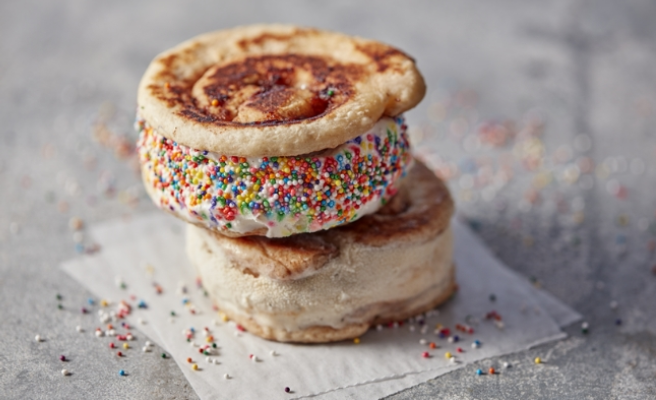
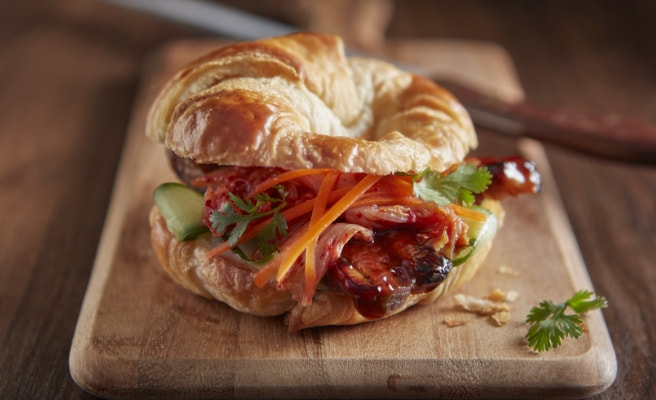
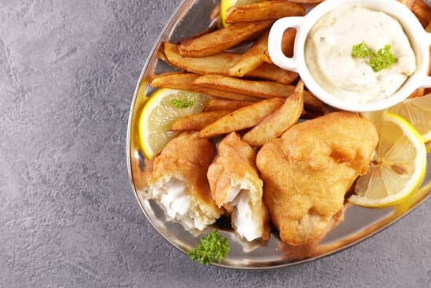



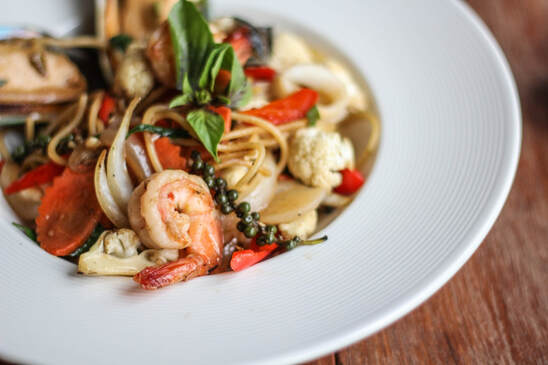
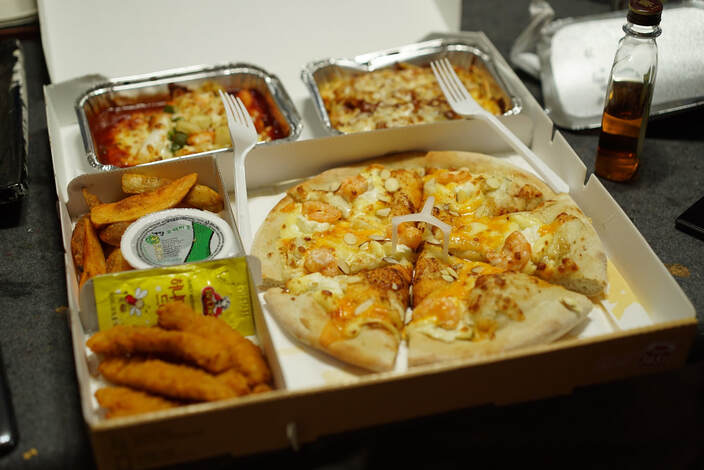


 RSS Feed
RSS Feed